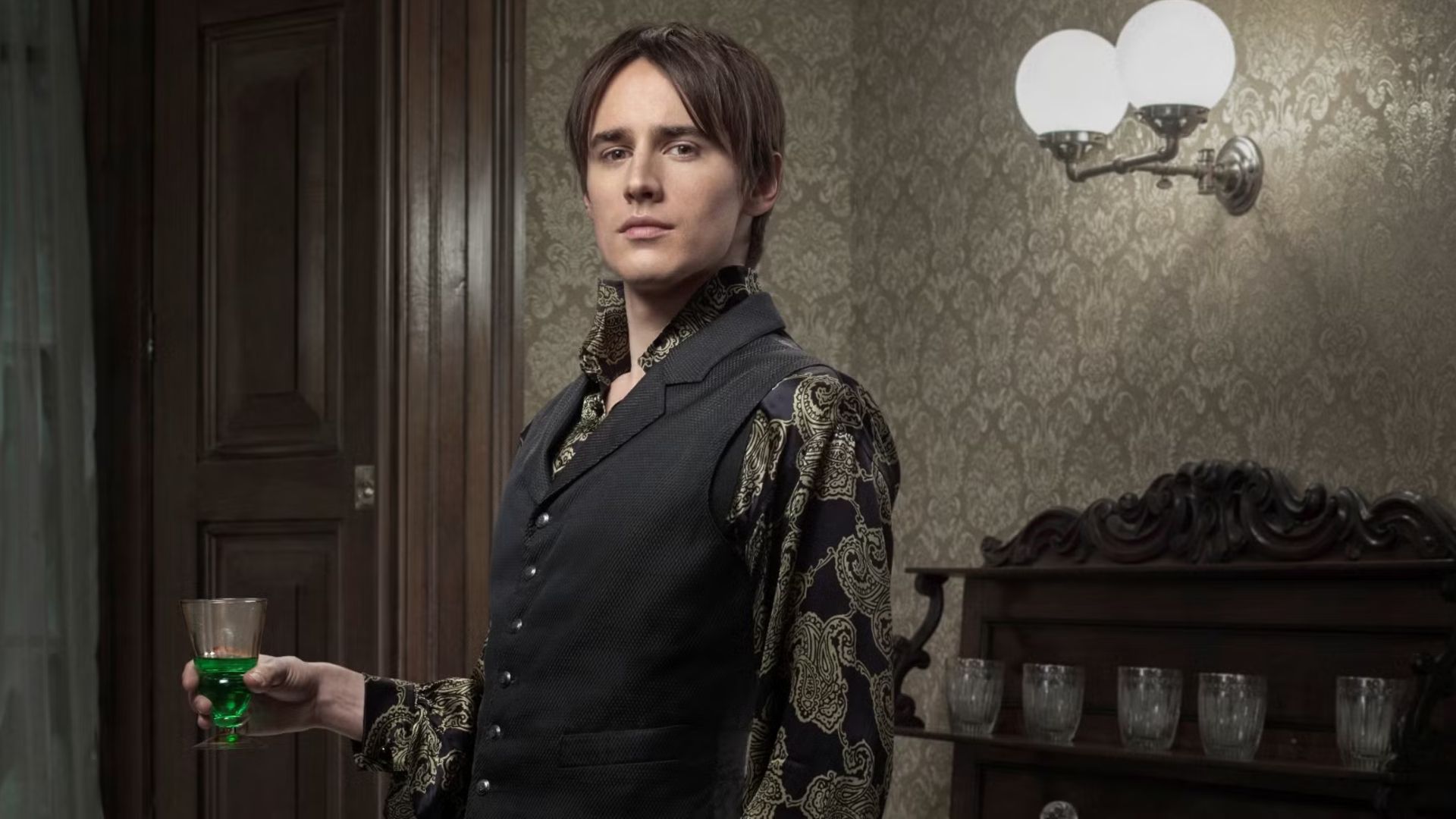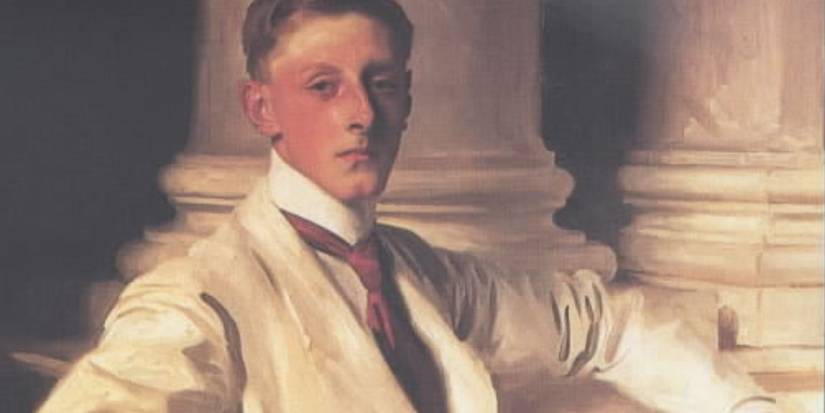
Netflix’s new adaptation of The Picture of Dorian Gray was highly anticipated and could have been a great addition to the platform’s horror offerings. However, a significant change made to the story has already disappointed many before the show even premiered.
Filmmakers and TV creators often find inspiration in classic books, as they offer fantastic stories with potential for modern updates. While reimagining these tales can be exciting, there’s a limit. Some parts of a story are so essential that changing them would fundamentally alter what makes the story special.
Classic books like The Scarlet Letter, To Kill A Mockingbird, and 1984 all tackle difficult themes – and those themes shouldn’t be removed. Sadly, Netflix’s upcoming adaptation of a classic is already facing criticism for seemingly doing just that, even before it’s been released.
Netflix Is Adapting The Picture Of Dorian Gray By Oscar Wilde

Oscar Wilde’s only novel, The Picture of Dorian Gray, is becoming a Netflix series. The classic Gothic story is considered a defining work of its genre, and fans are excited about this adaptation because previous attempts to bring the book to screen haven’t quite captured its essence.
Several attempts to adapt this book into a movie have fallen short. The 1973 and 2009 versions both simplified the story and made significant changes to the plot, with the 2009 film also adding unnecessary characters and ending poorly. While the 1945 adaptation was the most successful, even it didn’t fully capture the essence of the book, despite winning an Academy Award.
The news that the story would be adapted into a Netflix series was initially met with great enthusiasm. But that excitement faded quickly when people saw how screenwriter Katie Rose Rogers had interpreted the source material.
They’ve made a serious mistake with a recent change, and it’s understandably caused a lot of backlash, likely damaging the show before anyone’s even seen it.
Netflix’s Adaptation Of The Picture Of Dorian Gray Will Make Dorian & Basil Brothers

Netflix’s new show will present Dorian Gray and Basil Hallward as brothers, a significant departure from the original novel (according to Deadline). This is a surprising change, as the book centers around Basil’s romantic and artistic obsession with Dorian Gray, which is a key element of the story.
The close relationship between the characters Dorian and Basil was considered so obvious that it became central evidence in the trial that convicted Oscar Wilde of homosexual acts. He was sentenced to two years of hard labor. It’s important to remember Wilde didn’t suffer simply so later editors could downplay the queer elements of his story, and doing so feels deeply disrespectful.
Furthermore, The Picture of Dorian Gray is a hugely influential work in LGBTQ+ literature, so much so that it led to the creation of the Dorian Awards, which annually honor outstanding LGBTQ+ films, television shows, and stage productions. Given all of this history, Netflix’s recent decision feels particularly insensitive.
The connection between Dorian and Basil in The Picture of Dorian Gray goes beyond friendship – it’s not even subtly hinted at. Suggesting they’re merely friends feels like the dismissive claims often made about LGBTQ+ relationships throughout history, like saying they were ‘just roommates’ or ‘good friends’.
This single change completely destroys the anticipation for the Netflix series. It might even make this adaptation the worst version of The Picture of Dorian Gray ever made. Previous versions simply softened the romantic connection between the characters, but this new approach drastically alters the story by portraying Dorian and Basil as siblings.
Netflix’s Book Change Continues The Concerning Trend Of Queer Erasure

Netflix’s new version of The Picture of Dorian Gray unfortunately falls into a frustrating pattern seen in Hollywood: the disappearance of LGBTQ+ representation. We’re seeing a concerning number of shows with openly LGBTQ+ characters being cancelled, and the harmful ‘bury your gays’ trope – where LGBTQ+ characters are often killed off – is still prevalent.
A recent GLAAD report highlighted a concerning trend: 41% of LGBTQ+ characters on television are not expected to return in 2026. Additionally, Disney has reportedly removed LGBTQ+ representation from some of its shows. This includes removing all mentions of a character’s LGBTQ+ identity in Inside Out 2, eliminating a transgender storyline from Win or Lose, and removing a character’s asexuality from Riverdale.
When classic books are adapted for the screen, LGBTQ+ relationships and identities are often minimized or removed entirely. For example, film versions of The Picture of Dorian Gray frequently leave out queer storylines, and both adaptations of The Color Purple lessen the importance of Celie’s romantic relationship with Shug. Similarly, movies based on Greek myths tend to overlook the many instances of same-sex love found in the original stories. Even details like Nick Carraway’s sexuality in The Great Gatsby and Joan of Arc’s practice of crossdressing are commonly ignored or softened in their onscreen portrayals.
Censorship has always existed, but it’s become more common recently, likely because of setbacks in progress regarding LGBTQ+ rights and representation. While things were improving, we’ve unfortunately taken a step backward.
The way Netflix’s The Picture of Dorian Gray removes the story’s LGBTQ+ elements is particularly upsetting because the original novel is so important to that community. It’s not only damaging, but it also feels like a betrayal of the classic book many people cherish.
Read More
- Hazbin Hotel season 3 release date speculation and latest news
- 10 Chilling British Horror Miniseries on Streaming That Will Keep You Up All Night
- Dolly Parton Addresses Missing Hall of Fame Event Amid Health Concerns
- The Mound: Omen of Cthulhu is a 4-Player Co-Op Survival Horror Game Inspired by Lovecraft’s Works
- Where Winds Meet: How To Defeat Shadow Puppeteer (Boss Guide)
- You Won’t Believe What Happens to MYX Finance’s Price – Shocking Insights! 😲
- Zootopia 2 Reactions Raise Eyebrows as Early Viewers Note “Timely Social Commentary”
- World of Warcraft leads talk to us: Player Housing, Horde vs. Alliance, future classes and specs, player identity, the elusive ‘Xbox version,’ and more
- 5 Perfect Movie Scenes That You Didn’t Realize Had No Music (& Were Better For It)
- 10 Best Demon Slayer Quotes of All Time, Ranked
2025-11-28 23:39